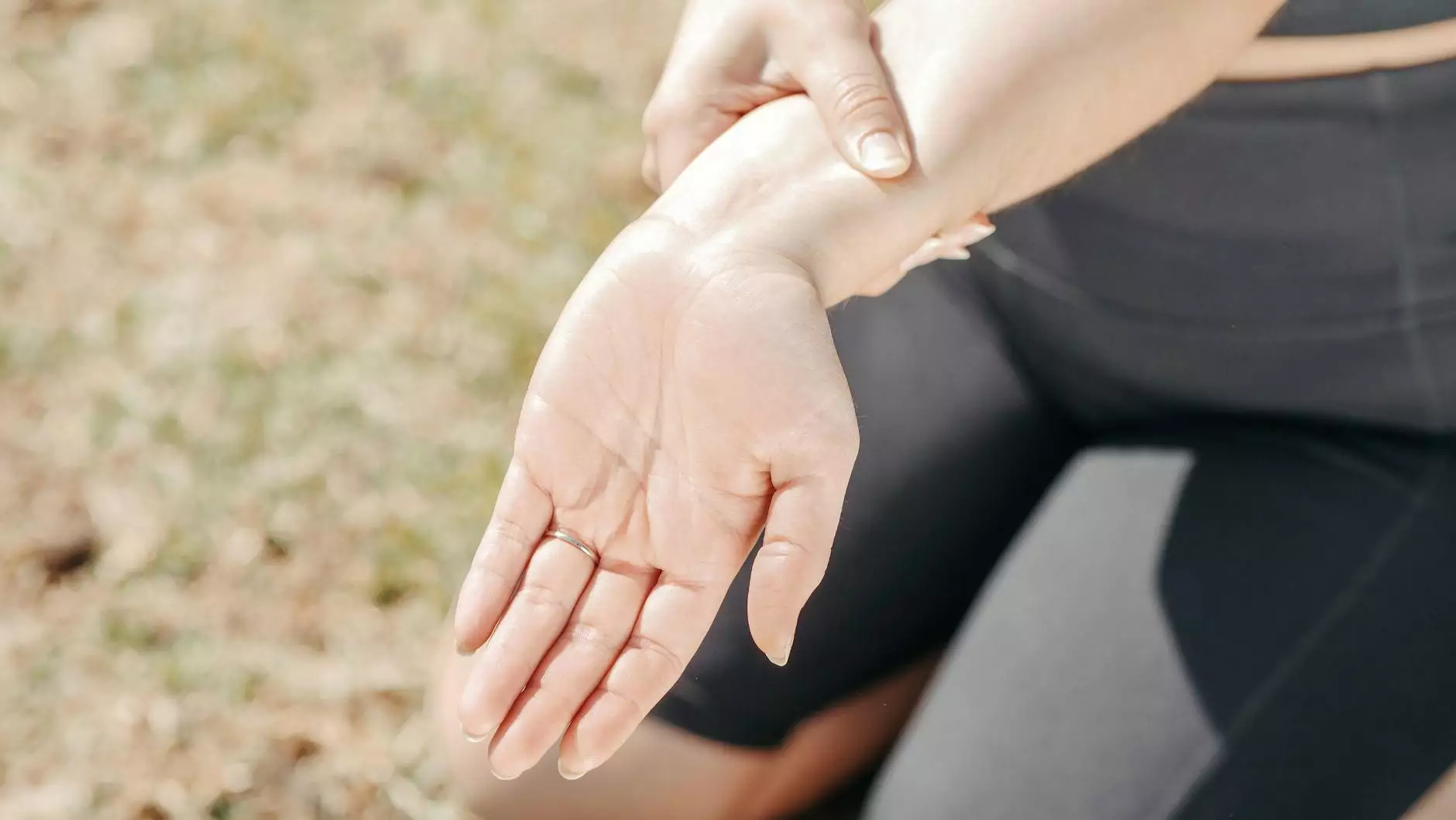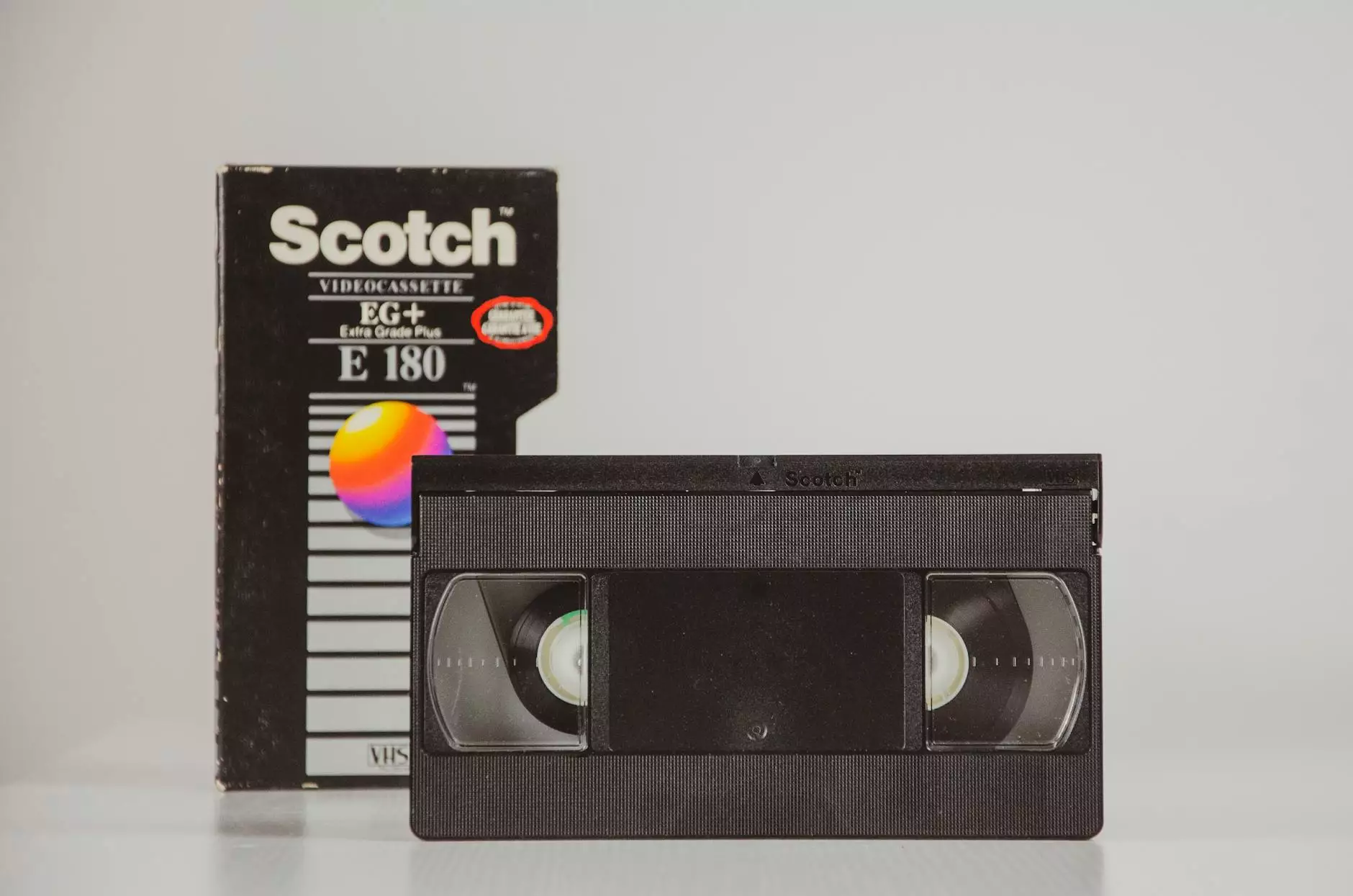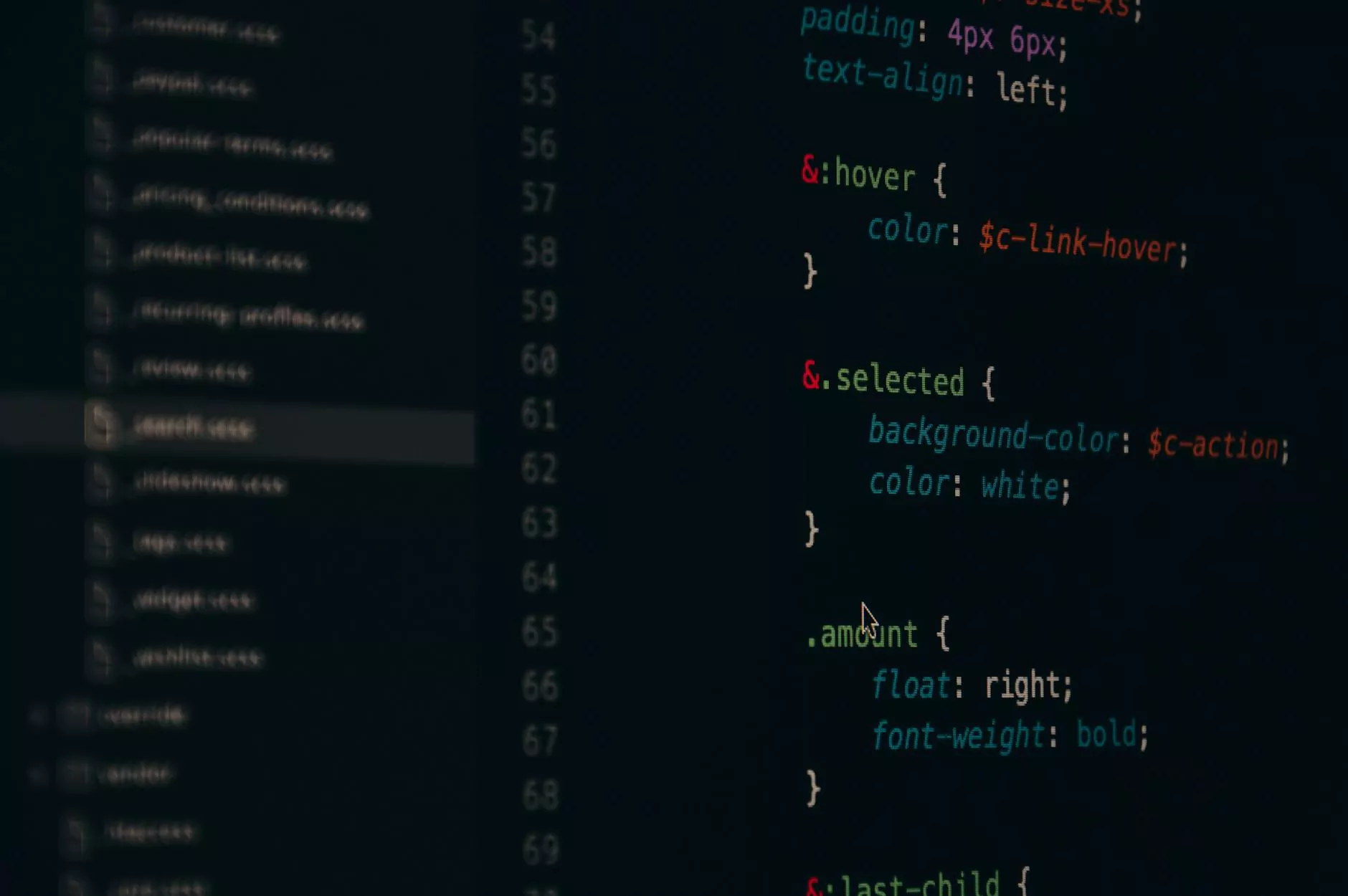The **Difference Between Tendonitis and Tendinopathy**: A Comprehensive Guide

When it comes to understanding musculoskeletal injuries, particularly those affecting the tendons, the terms tendonitis and tendinopathy often come up. While they may sound similar, they represent different conditions that can affect your health and mobility. Understanding the difference between tendonitis and tendinopathy is crucial for accurately diagnosing and treating these conditions.
What is Tendonitis?
Tendonitis refers to the inflammation of a tendon, which is the fibrous connective tissue that attaches muscle to bone. It often results from repetitive strain or acute injury. Common sites for tendonitis include:
- Shoulder (Rotator Cuff Tendonitis)
- Elbow (Tennis Elbow or Golfer's Elbow)
- Knee (Patellar Tendonitis)
- Achilles Tendon (Achilles Tendonitis)
The inflammation causes pain and tenderness, especially when the tendon is used. Over time, neglecting treatment for tendonitis can lead to more severe conditions.
Understanding Tendinopathy
Tendinopathy, on the other hand, is a broader term that encompasses various tendon injuries, including tendonitis and tendinosis (a degeneration of the tendon). Unlike tendonitis, tendinopathy does not always involve inflammation. Instead, it reflects a combination of changes to the tendon due to chronic overuse. Symptoms of tendinopathy are similar to those of tendonitis, but the focus is on degenerative changes rather than inflammation.
Key Differences Between Tendonitis and Tendinopathy
To capture the essential distinctions between these two conditions, we can outline several factors:
1. Definition
- Tendonitis: Involves inflammation of the tendon due to acute injury or overuse.
- Tendinopathy: A term describing chronic tendon dysfunction, including both inflammation (tendonitis) and degeneration (tendinosis).
2. Causes
- Tendonitis is often caused by a specific activity that puts stress on the tendon, leading to inflammation.
- Tendinopathy results from repetitive stress over time, causing degenerative changes within the tendon structure.
3. Symptoms
- Tendonitis typically presents with sharp pain, tenderness, and swelling around the affected area, particularly during movement.
- Tendinopathy may cause dull, aching pain and stiffness, especially after periods of inactivity and worsens with continued activity.
4. Diagnosis
While both conditions may be diagnosed through physical examination, further imaging studies such as ultrasound or MRI may be utilized to differentiate between tendonitis and tendinopathy and assess the extent of tendon damage.
5. Treatment Approaches
The treatment options will depend on the diagnosed condition:
- Tendonitis Treatments: Rest, ice application, anti-inflammatory medications, physical therapy, and in severe cases, corticosteroid injections.
- Tendinopathy Treatments: Focuses on activity modifications, strengthening exercises, and on occasion, shockwave therapy or surgery if conservative treatments fail.
Common Areas Affected by Tendon Disorders
Understanding the conditions helps in identifying common areas prone to tendon issues. Some of the typical regions include:
- Shoulder: Rotator cuff injuries are prevalent among athletes and those with repetitive overhead activities.
- Elbow: Both tennis elbow and golfer's elbow result from repetitive wrist motion.
- Knee: Patellar tendonitis often affects runners and jumping athletes, commonly termed "jumper's knee".
- Achilles: Common in runners, Achilles tendonitis occurs at the back of the ankle during high-impact sports.
Prevention Strategies
The old adage, "an ounce of prevention is worth a pound of cure," certainly applies when it comes to tendon injuries. Here are some important strategies to prevent the difference between tendonitis and tendinopathy:
- Warm-Up and Stretch: Always engage in a proper warm-up routine before physical activity and cool down with stretching afterwards.
- Cross-Training: Avoid repetitive strain by mixing up activities to avoid overloading a single tendon.
- Use Proper Technique: Ensure that you are using proper form during exercise to alleviate unnecessary stress on tendons.
- Gradual Progression: Increase the intensity and duration of your workouts gradually to avoid overuse.
Conclusion: Knowing the Difference Matters
In conclusion, understanding the difference between tendonitis and tendinopathy is essential for effective treatment and prevention of tendon injuries. Being informed helps in recognizing symptoms early and seeking appropriate care. If you suspect you are suffering from either condition, don’t hesitate to consult with a healthcare provider or a chiropractor who specializes in sports medicine.
Seek Expert Care
For those living in areas where health and medical services are readily available, it is advisable to seek professional help. At IAOM-US, we offer specialized chiropractic care that can aid in treatment and rehabilitation of tendon issues. Our experienced practitioners utilize a comprehensive approach to diagnose and treat musculoskeletal conditions, ensuring you receive the best care tailored to your needs.
Don’t let tendon issues hold you back from enjoying your favorite activities. Stay proactive about your health, and remember, knowledge is power! Whether you are dealing with tendonitis or tendinopathy, reach out for help today and take the first step towards recovery.









